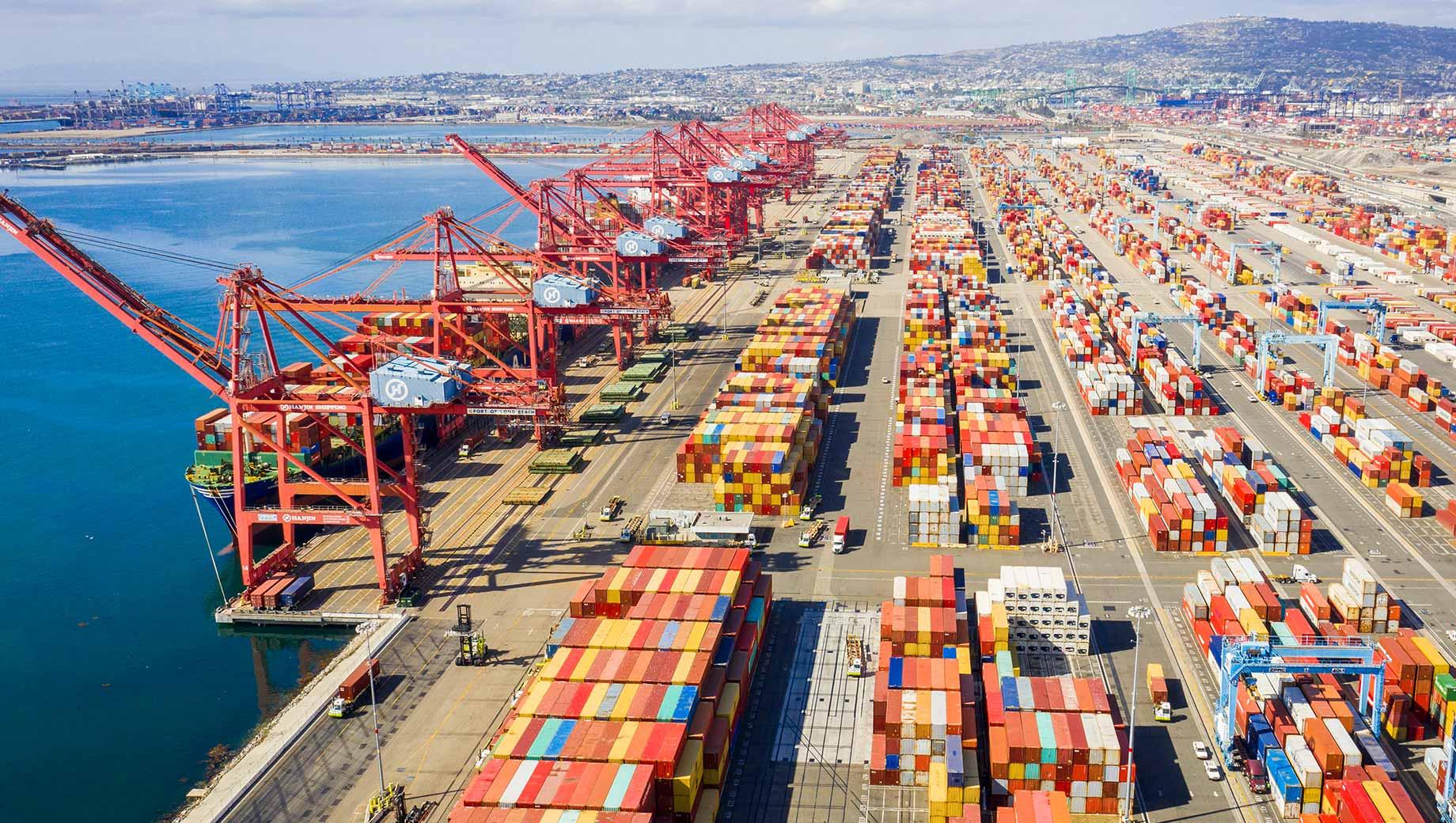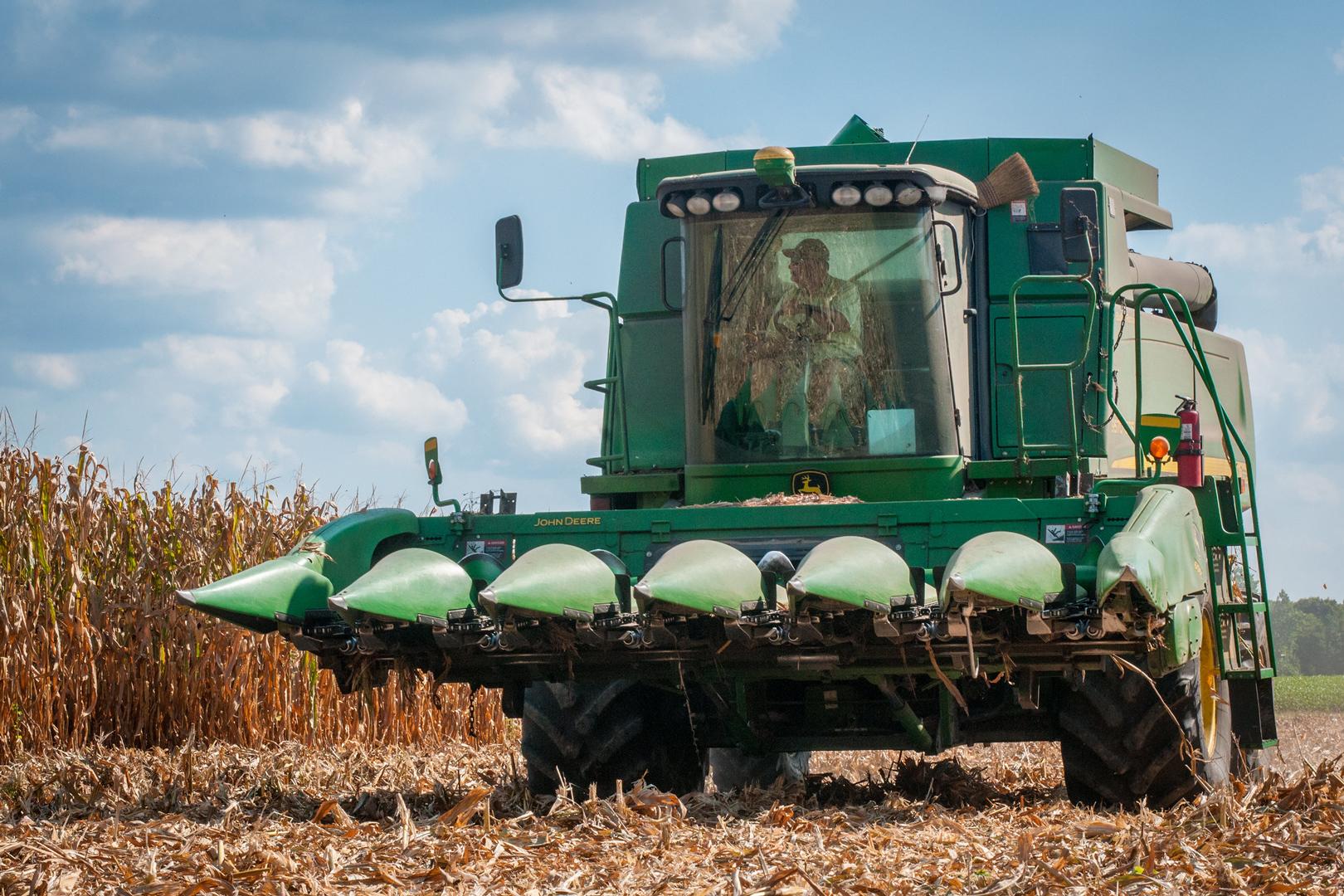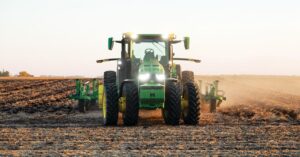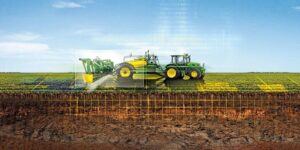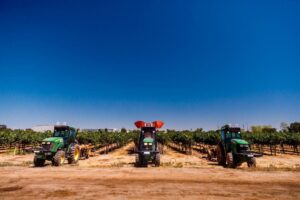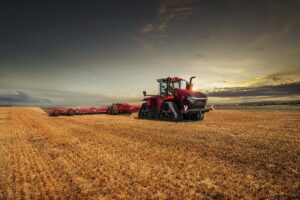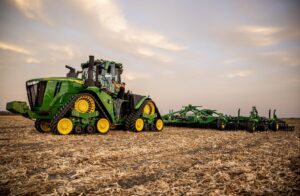The escalating trade tensions between global economic powers have cast a significant shadow over the agricultural equipment sector, with industry giant Deere & Company facing particular exposure. As tariffs and retaliatory measures continue to reshape international commerce, farmers’ purchasing decisions and equipment investments have undergone notable shifts, directly affecting Deere’s agricultural fleet sales and market positioning. This analysis examines how trade war dynamics have influenced both the company’s product strategy and its broader market performance in the agricultural machinery segment. The ongoing trade tensions between major global economies have significantly altered the landscape for agricultural equipment manufacturers, with Deere & Company experiencing notable impacts across its product portfolio. as tariffs reshape international commerce, farmers face uncertain market conditions, directly affecting their purchasing decisions for agricultural machinery.
Chinese retaliatory measures on U.S. agricultural products have led to reduced soybean exports, creating a ripple effect throughout the farming sector. This market disruption has prompted many farmers to postpone fleet upgrades and new equipment acquisitions, especially affecting Deere’s high-end tractor and harvester segments.
The company’s dealer network reports decreased demand for large agricultural machinery, with sales declining in key farming regions. Many dealers have adjusted their inventory levels to reflect the cautious spending patterns among their customer base. This shift has forced Deere to revise production schedules and reassess its manufacturing output across multiple facilities.
Statistical data indicates a 15% reduction in new equipment orders within regions heavily dependent on export-oriented agriculture. The most substantial impact is observed in the Midwest, were large-scale farming operations traditionally drive significant portions of Deere’s domestic sales volume.
Supply chain disruptions have also emerged as a critical concern, with increased costs for steel and aluminum affecting production expenses. These additional costs have partially been absorbed by the manufacturer, while some have been passed on to consumers through modest price adjustments across the product line.
In response to these challenges, Deere has implemented strategic initiatives to maintain market share and support its customer base. Enhanced financing options and extended warranty programs have been introduced to help farmers manage their equipment investments during uncertain market conditions. The company has also accelerated its growth of precision agriculture technologies, offering solutions that improve operational efficiency and help offset some of the economic pressures faced by farmers.
Smaller agricultural equipment segments have shown more resilience, as diversified farming operations and livestock producers continue to require machinery replacements and upgrades. This trend has prompted Deere to adjust its product mix and marketing strategies accordingly.
The used equipment market has gained prominence during this period, with many farmers opting for certified pre-owned machinery instead of new purchases. Deere’s certified used program has experienced increased activity, helping to maintain customer relationships and market presence despite the challenging new equipment sales environment.
International markets have provided some buffer against domestic headwinds, with strong performance in South America and parts of Europe partially offsetting North American sales declines.However,global trade uncertainties continue to influence customer confidence and purchasing decisions across all major agricultural markets.
Deere’s agricultural fleet segment remains fundamentally strong, supported by the company’s established market position and comprehensive dealer network. While trade-related challenges persist, the underlying demand for agricultural mechanization and efficiency improvements continues to drive long-term industry prospects.